Reproductive System Worksheets Printable
If you're a science teacher or a student wanting to learn more about the reproductive system, look no further. These reproductive system worksheets are the perfect educational tool to enhance your knowledge and understanding of this intricate and essential system. With a variety of topics and exercises, these printable worksheets are designed to engage and challenge learners of all levels.
Table of Images 👆
More Other Worksheets
Kindergarten Worksheet My RoomSpanish Verb Worksheets
Cooking Vocabulary Worksheet
DNA Code Worksheet
Meiosis Worksheet Answer Key
Art Handouts and Worksheets
7 Elements of Art Worksheets
All Amendment Worksheet
Symmetry Art Worksheets
Daily Meal Planning Worksheet
What is the reproductive system?
The reproductive system is a collection of organs and glands that work together to produce offspring. It includes structures such as the testes, ovaries, uterus, and fallopian tubes in males and females, which are responsible for producing and transporting gametes (sperm and eggs) for fertilization. Additionally, the reproductive system is critical in nurturing a developing embryo and supporting the growth and development of a fetus during pregnancy.
What are the primary organs of the male reproductive system?
The primary organs of the male reproductive system are the testes, which produce sperm and the male sex hormone testosterone; the epididymides, where sperm mature and are stored; the vas deferens, which transport mature sperm from the epididymis to the urethra during ejaculation; the seminal vesicles, which produce fluid to nourish and protect sperm; the prostate gland, which produces additional fluid to nourish sperm and help with ejaculation; and the penis, which delivers sperm to the female reproductive system during sexual intercourse.
Describe the process of sperm production.
Sperm production, known as spermatogenesis, takes place in the testes through a series of steps. It begins with germ cells dividing and maturing into spermatogonia, which then undergo multiple rounds of division to become primary spermatocytes. These primary spermatocytes go through meiosis to form secondary spermatocytes, which then divide into spermatids. Finally, spermatids undergo maturation to form sperm cells, which are released into the seminiferous tubules and transported to the epididymis for further maturation and storage until ejaculation.
What is the function of the testes in the male reproductive system?
The testes are responsible for producing sperm and testosterone in the male reproductive system. Sperm production occurs within the seminiferous tubules of the testes, while testosterone is produced in the Leydig cells. These two functions are crucial for male fertility, sexual development, and secondary sexual characteristics.
What are the primary organs of the female reproductive system?
The primary organs of the female reproductive system are the ovaries, fallopian tubes, uterus, cervix, and vagina.
Explain the menstrual cycle in detail.
The menstrual cycle is a complex process that typically lasts around 28 days and involves the release of an egg from the ovaries, changes in the uterine lining, and hormonal fluctuations. The cycle begins on the first day of menstruation, as the uterine lining sheds. Following menstruation, the ovaries prepare to release an egg by developing a follicle. Around mid-cycle, the egg is released during ovulation and travels through the fallopian tube towards the uterus. If fertilization does not occur, the egg disintegrates, and hormone levels drop, signaling the start of a new cycle. If fertilization occurs, the fertilized egg implants in the uterine lining, leading to pregnancy. The cycle is regulated by hormones such as estrogen and progesterone, with fluctuations in hormone levels influencing various phases of the cycle.
What is the function of the ovaries in the female reproductive system?
The ovaries in the female reproductive system produce and release eggs (ova) for fertilization, as well as secreting important hormones like estrogen and progesterone that regulate the menstrual cycle, maintain pregnancy, and support overall reproductive health.
Describe the process of egg production.
Egg production, also known as oviposition, begins with the maturation of a female bird's ovaries, where yolk is produced. The yolk then moves into the oviduct, where it is fertilized by sperm if mating has occurred. The egg white and shell membranes are added as the egg travels down the oviduct, followed by the calcification of the shell. Finally, the completed egg is laid by the bird. The entire process from yolk formation to egg laying typically takes around 24-26 hours for most bird species.
What happens during fertilization?
During fertilization, the sperm cell penetrates the egg cell, resulting in the fusion of their genetic material. This forms a single cell called a zygote, which contains a combination of genetic information from both parents. The zygote then undergoes rapid cell divisions, forming an embryo that eventually implants in the uterus to develop into a fetus.
What are some common reproductive system disorders or conditions?
Some common reproductive system disorders or conditions include polycystic ovary syndrome (PCOS), endometriosis, infertility, erectile dysfunction, sexually transmitted infections (STIs), ovarian cysts, and benign prostatic hyperplasia (BPH). These disorders can affect both men and women, causing a range of symptoms and complications that may require medical treatment.
Have something to share?
Who is Worksheeto?
At Worksheeto, we are committed to delivering an extensive and varied portfolio of superior quality worksheets, designed to address the educational demands of students, educators, and parents.

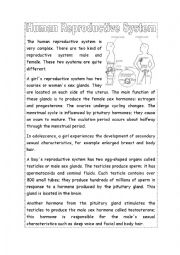



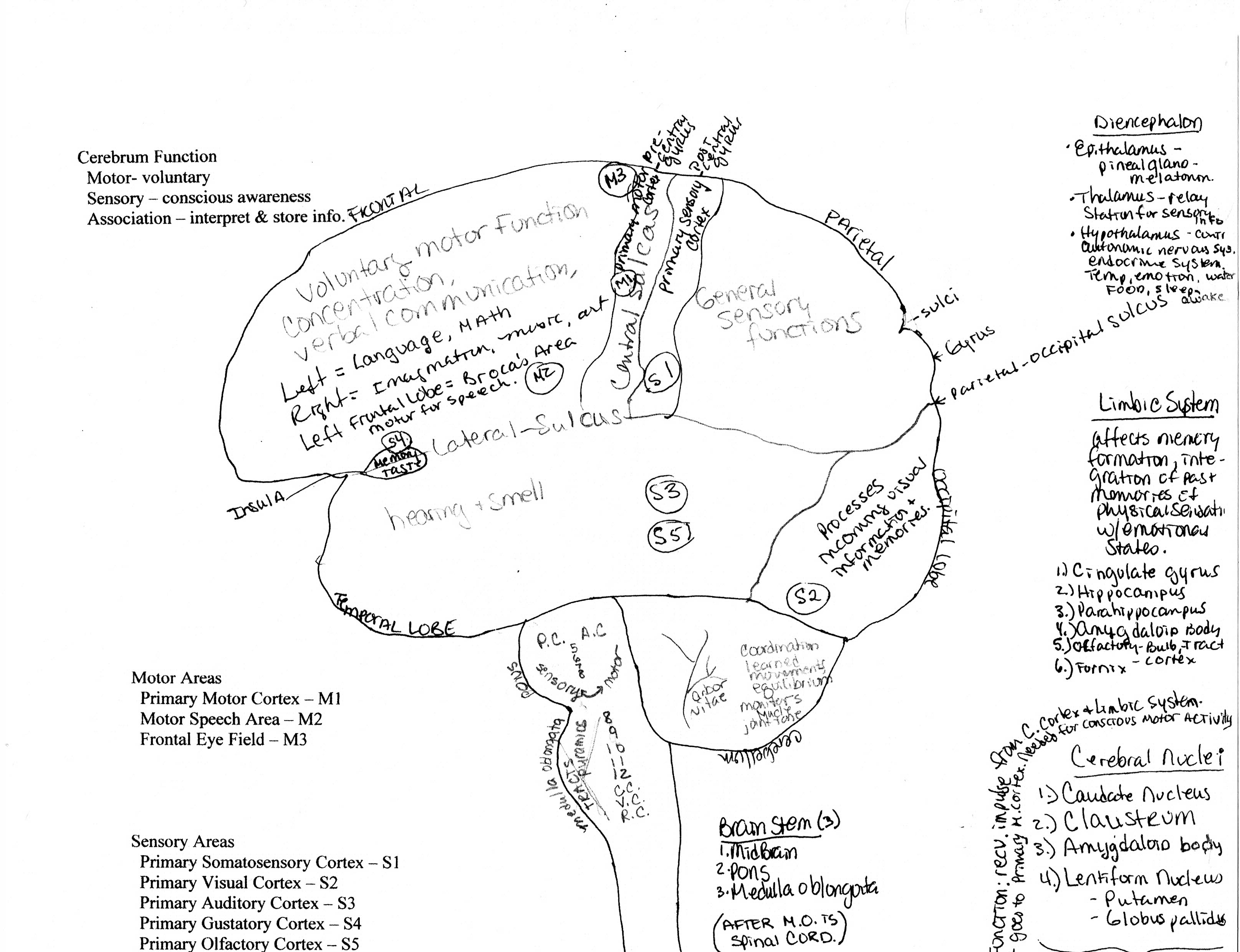
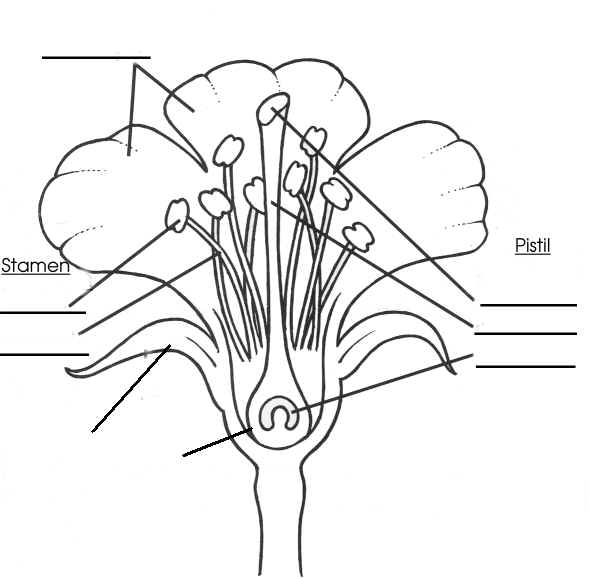
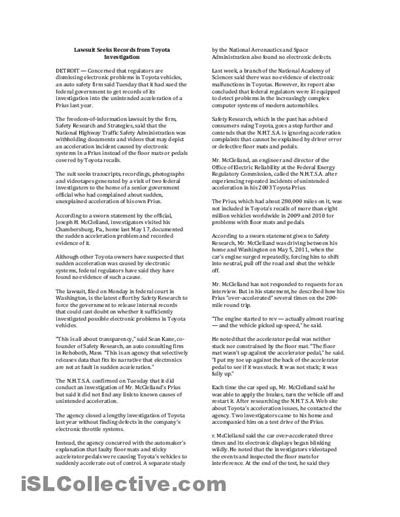

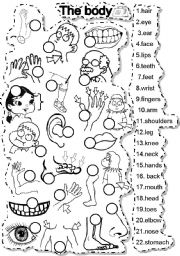
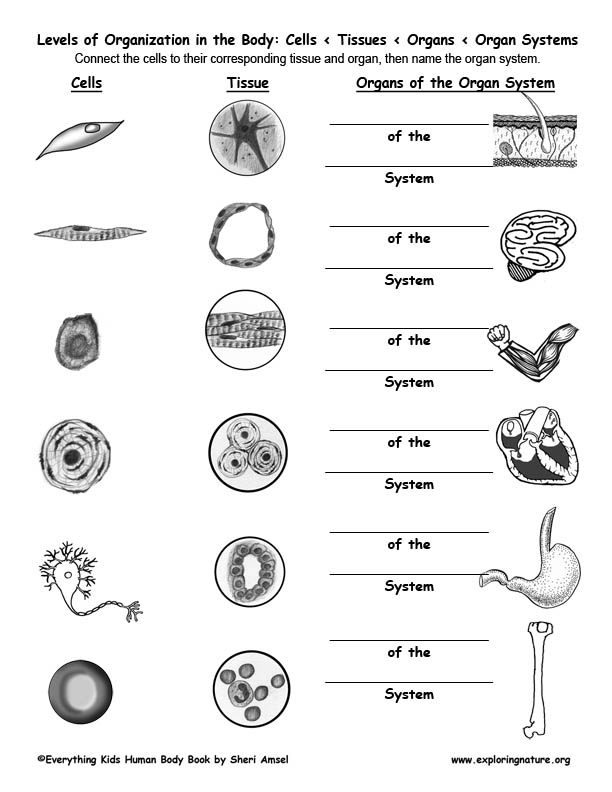














Comments